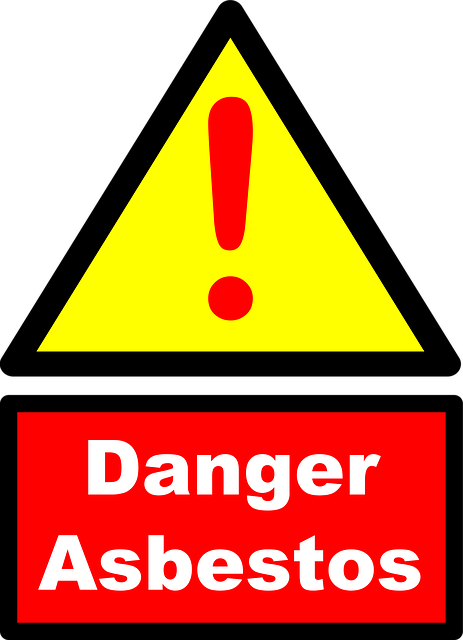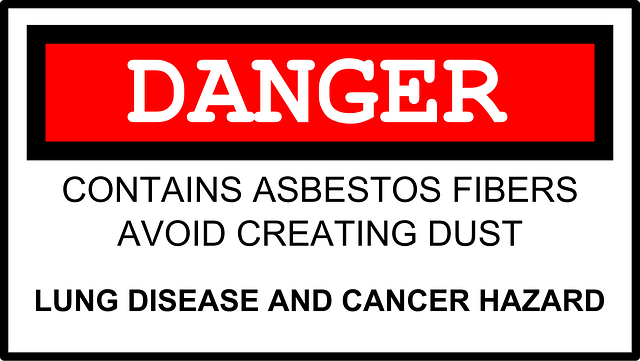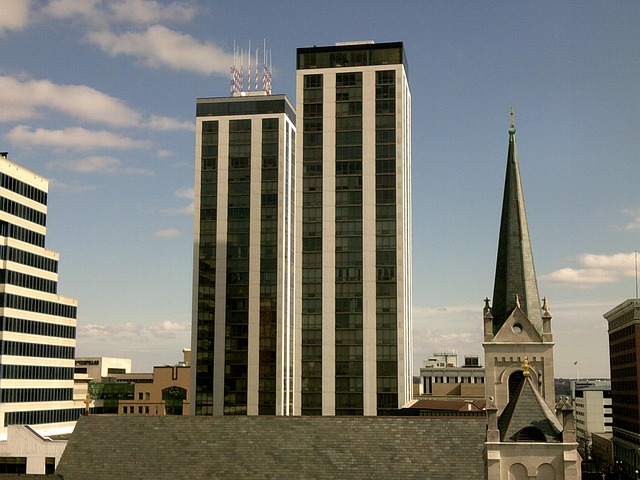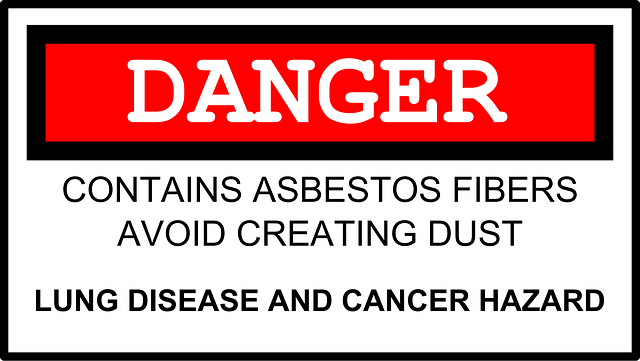Peoria Mesothelioma risks stem from historical asbestos exposure in construction and industries like shipbuilding and steel manufacturing. Environmental factors, including geographical location and climate, contribute to dispersion of asbestos particles. Early detection is vital for managing mesothelioma through regular health screenings for former workers and residents with high-risk histories. Prevention involves avoiding asbestos exposure, removing it from homes, and adhering to safety protocols for industry workers. Staying informed empowers Peoria residents to minimize mesothelioma risks.
In Peoria, as across the nation, understanding mesothelioma risks is paramount. This insidious cancer, often linked to asbestos exposure, poses unique challenges for local residents. This article delves into identifying mesothelioma risks specific to Peoria, exploring environmental factors contributing to exposure and highlighting critical early detection strategies. By understanding these aspects, folks in Peoria can take proactive steps to mitigate risks and foster a healthier future.
- Identifying Mesothelioma Risks in Peoria
- Environmental Factors and Exposure
- Early Detection: Symptoms & Prevention Strategies
Identifying Mesothelioma Risks in Peoria

Identifying Mesothelioma Risks in Peoria involves understanding the environmental and occupational factors that have contributed to elevated rates of this rare but aggressive cancer. Peoria, like many industrial cities, has a history of high asbestos exposure due to its prevalence in construction materials and manufacturing processes. Asbestos-related diseases, including mesothelioma, often develop over time, even after individuals have left their hazardous work environments.
Local residents and former workers in Peoria should be aware of the potential risks, especially those who worked in industries such as shipbuilding, insulation installation, or construction. Regular health screenings and early detection are crucial for managing mesothelioma risks. By staying informed about the disease’s latency period and risk factors, Peoria communities can take proactive measures to protect their health and well-being.
Environmental Factors and Exposure

In Peoria, as with many industrial cities, environmental factors play a significant role in mesothelioma risks. The risk of developing this rare and aggressive form of lung cancer is strongly linked to exposure to asbestos, a mineral that was widely used in construction, shipbuilding, and manufacturing industries due to its fire-resistant properties. Historically, Peoria’s economic landscape included major industries like steel manufacturing, which exposed many workers to asbestos-containing materials. Today, former employees of these industries, as well as residents near sites where asbestos was handled or disposed of, face an elevated risk of mesothelioma.
Peoria’s geographical location and climate can also indirectly contribute to asbestos exposure. Dusty conditions during construction projects or in industrial areas can lead to the dispersion of asbestos fibers, increasing the likelihood of inhalation. Moreover, wind-carried dust from nearby mines or processing sites could have historically impacted residents living in certain parts of Peoria. Understanding these environmental factors is crucial for both historical and current residents concerned about mesothelioma risks in Peoria.
Early Detection: Symptoms & Prevention Strategies

Early detection plays a crucial role in managing mesothelioma, a rare but aggressive cancer often linked to exposure to asbestos. In Peoria, where historical industrial activities have left traces of asbestos-contaminated sites, understanding potential risks and recognizing early symptoms is paramount. Residents and workers should be vigilant about any unusual coughing, difficulty breathing, or chest pain, as these could be signs of mesothelioma. Regular medical check-ups, especially for those with a history of working in high-risk industries, can help detect the disease at its earliest stages.
Prevention strategies are equally important. Avoiding known asbestos exposure is key. Homeowners in Peoria should ensure their properties are free from asbestos, especially in older construction materials. Workers in industries like manufacturing and construction should follow strict safety protocols when handling materials that might contain asbestos. Staying informed about local health initiatives and guidelines can also empower residents to take proactive steps to minimize mesothelioma risks associated with Peoria’s industrial history.
Mesothelioma risks in Peoria are significant due to historical industrial exposure, particularly among individuals with environmental ties. Understanding these risks is paramount for early detection and prevention of this aggressive disease. By recognizing symptoms and taking proactive measures, residents can significantly improve outcomes for themselves and their communities. Awareness and action regarding Peoria mesothelioma are crucial steps towards a healthier future.
